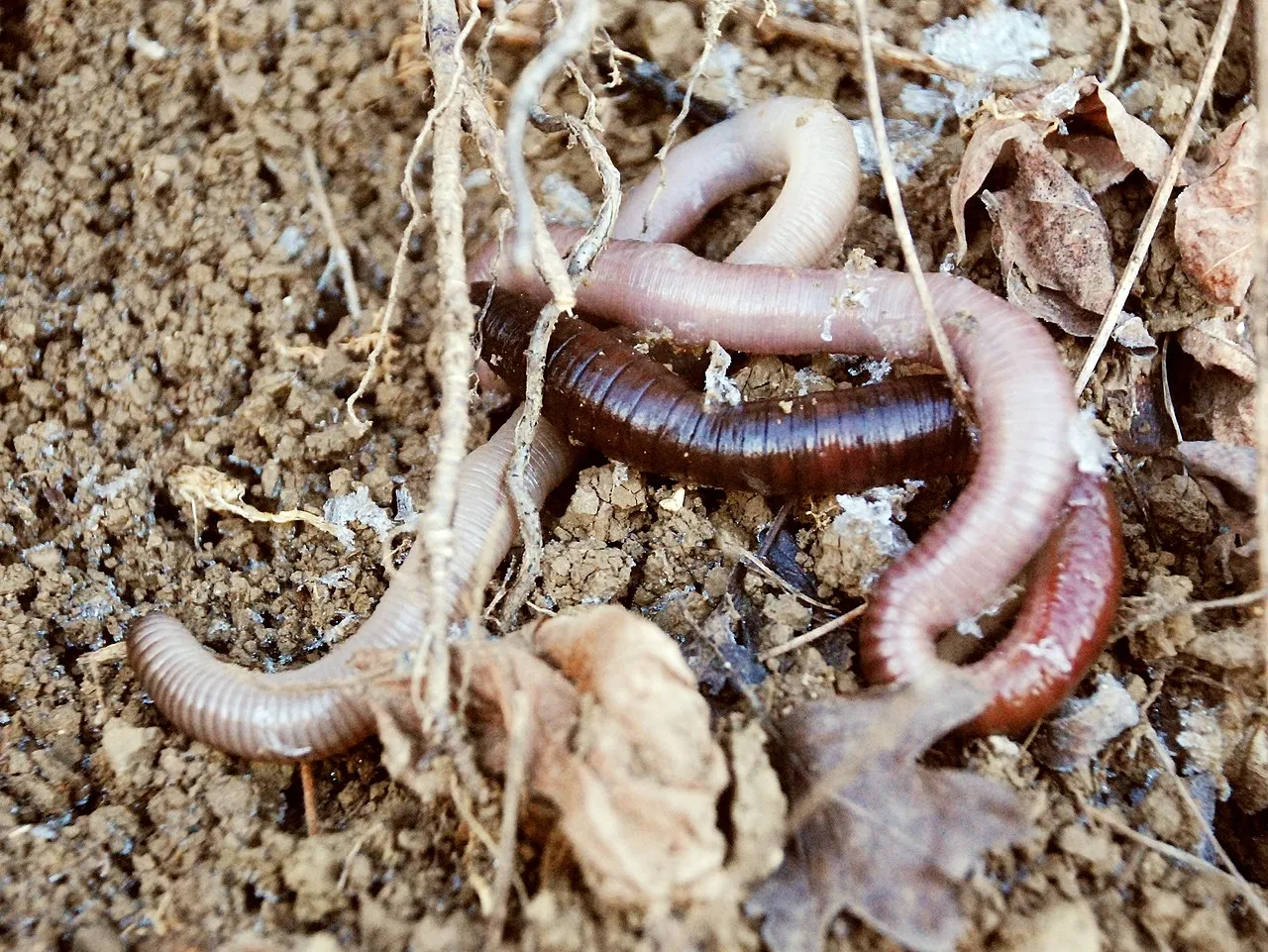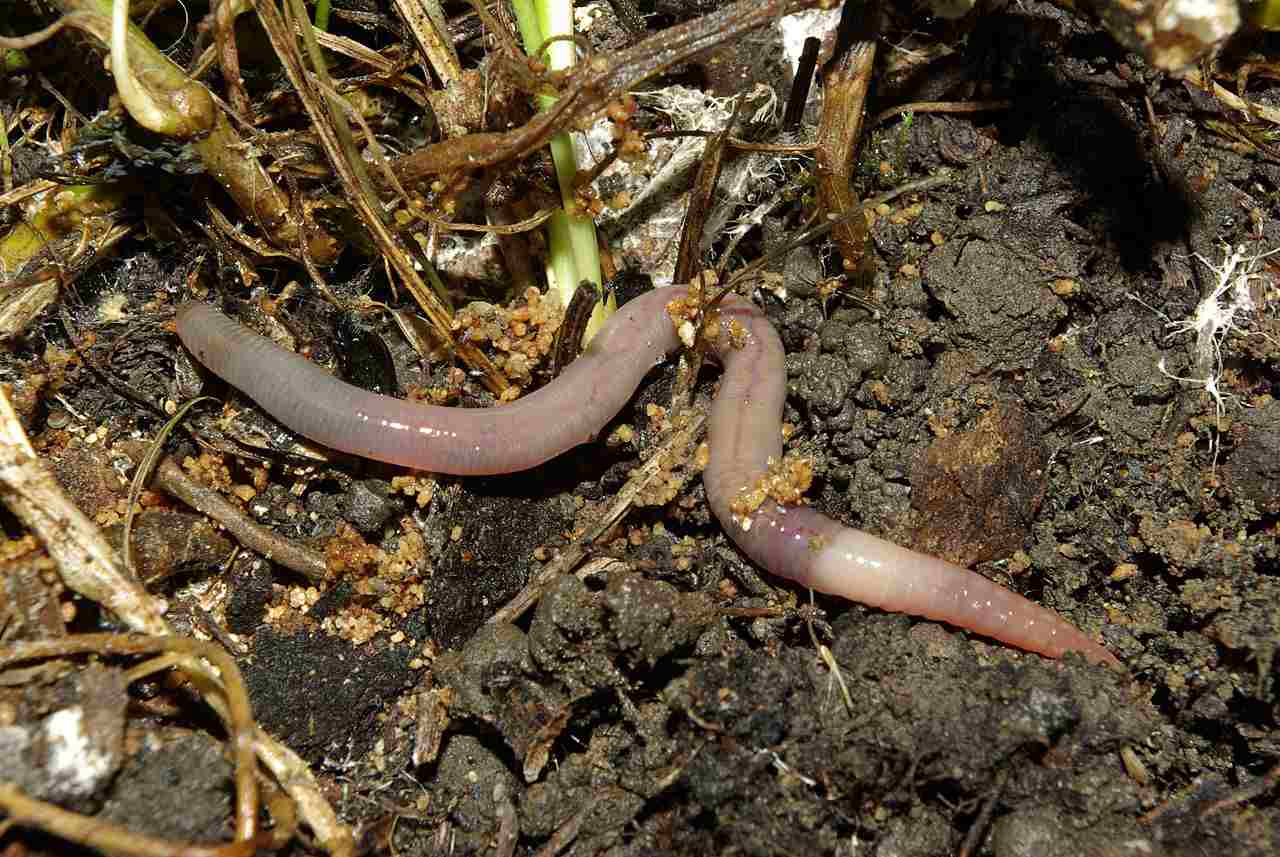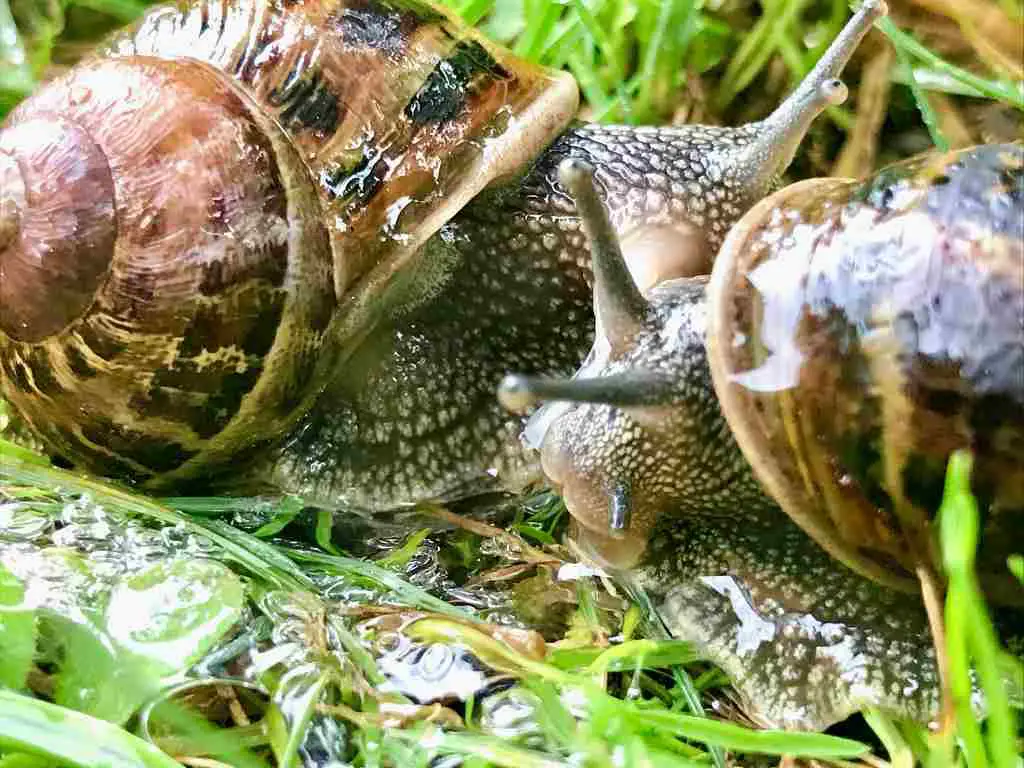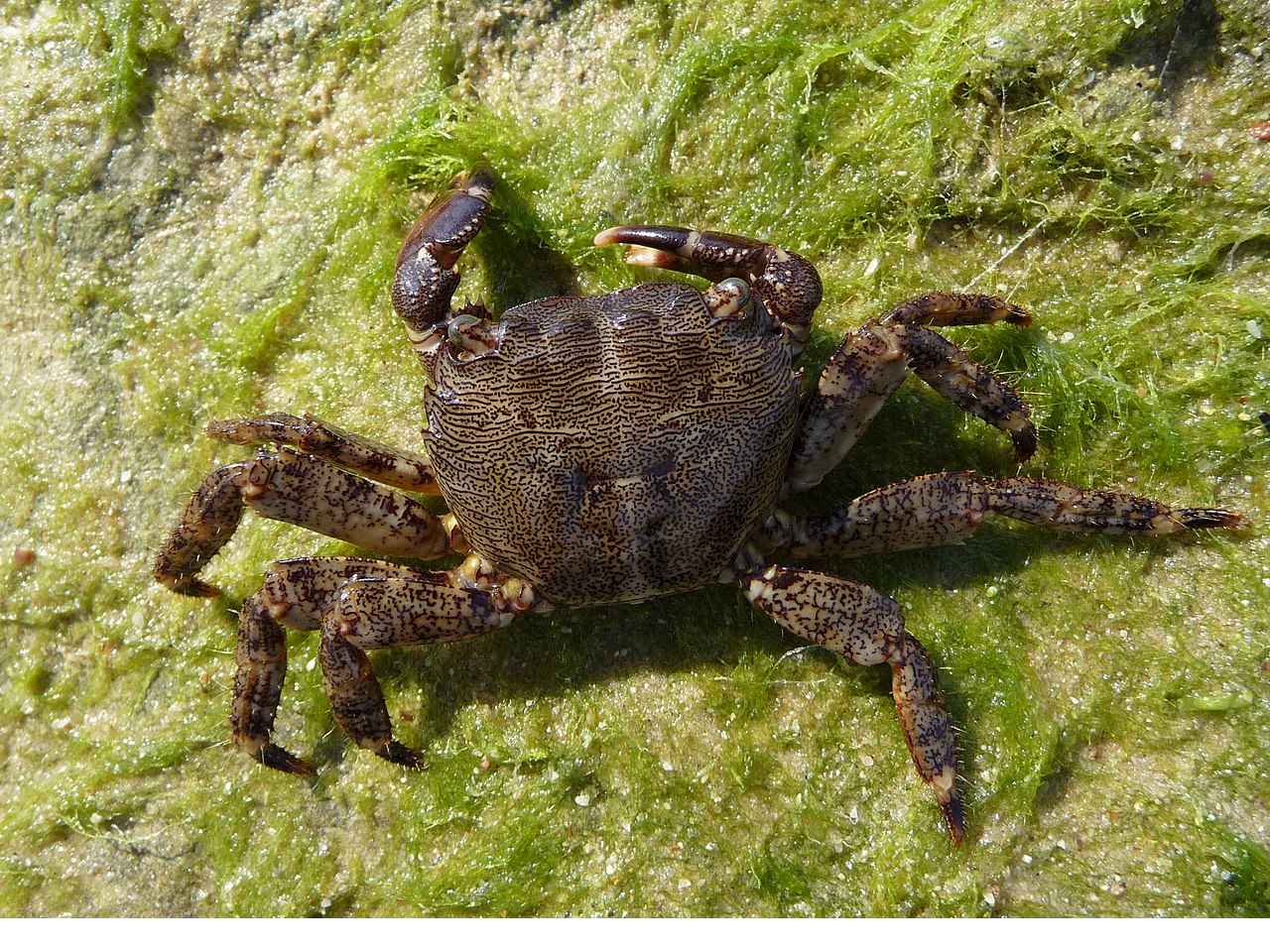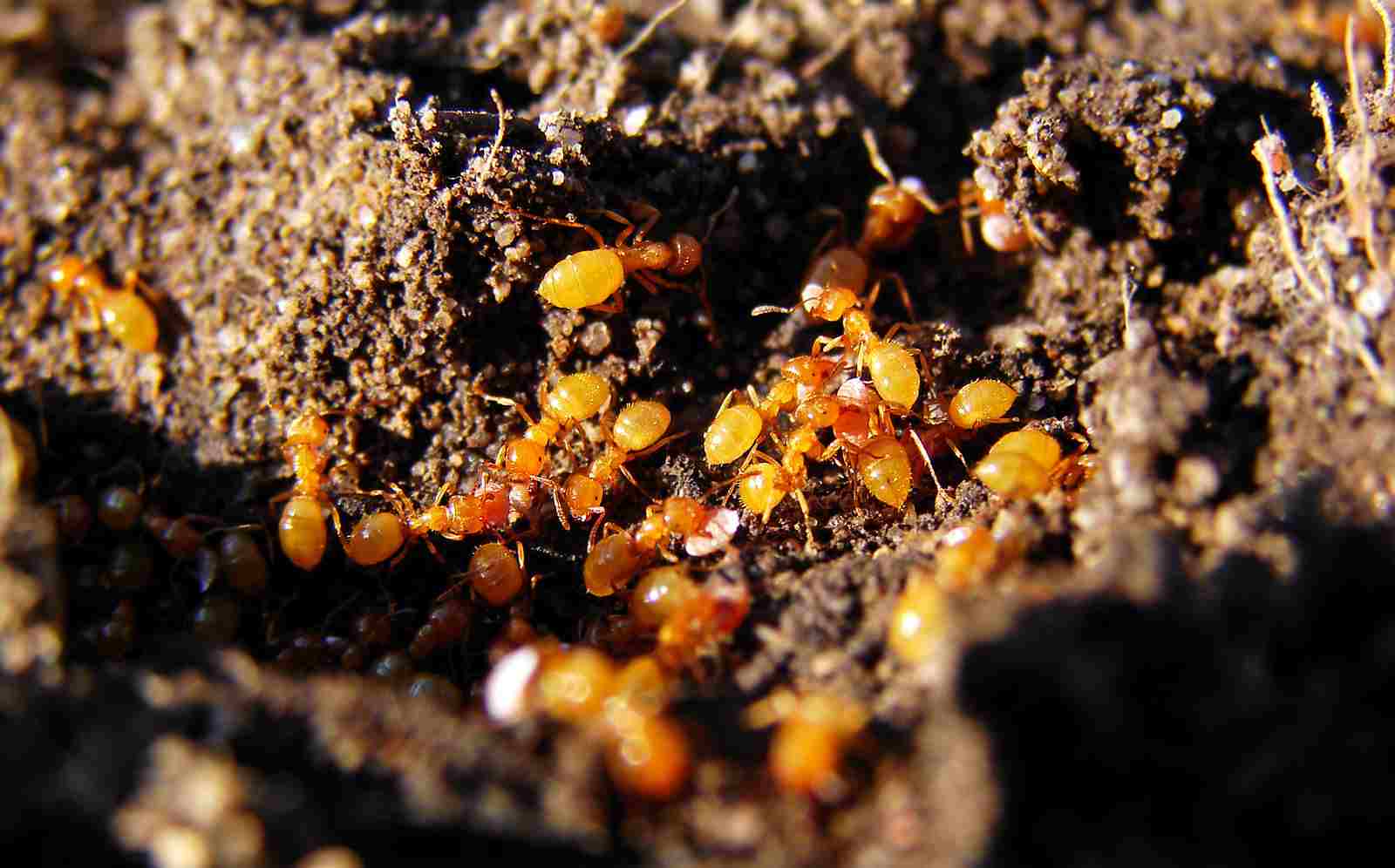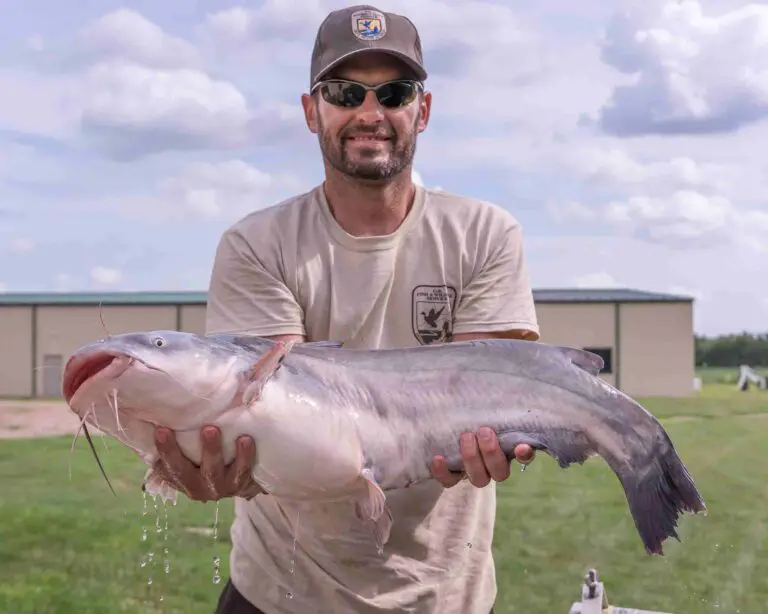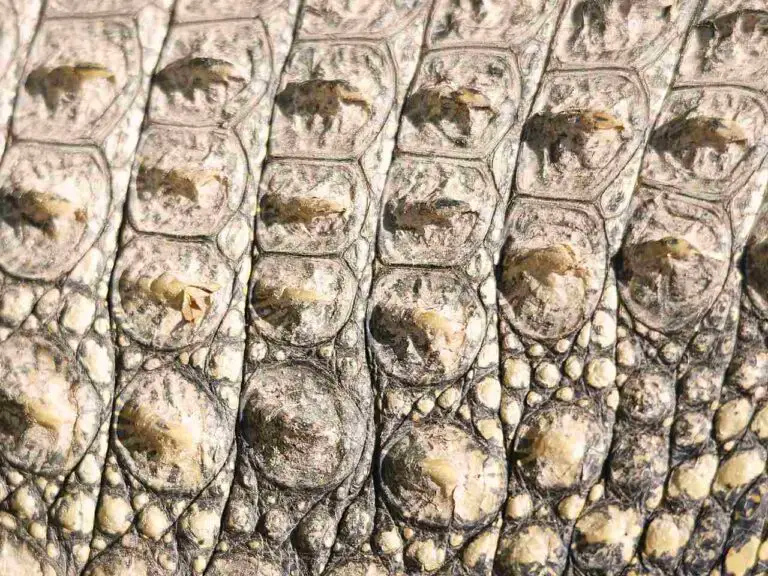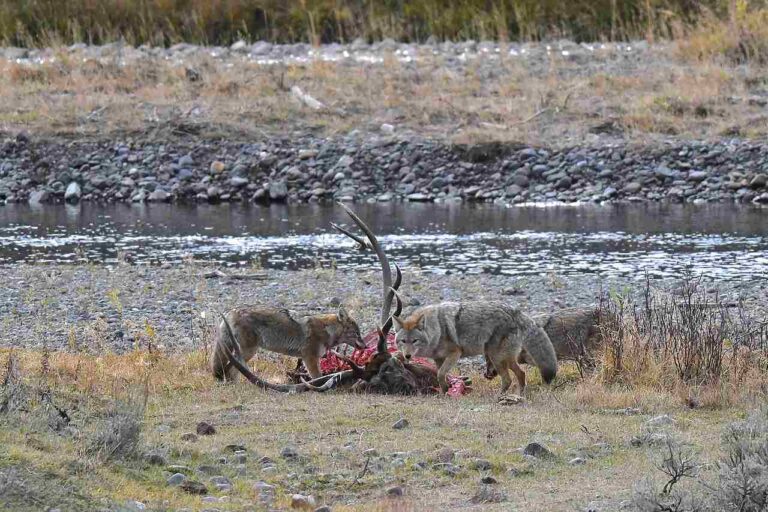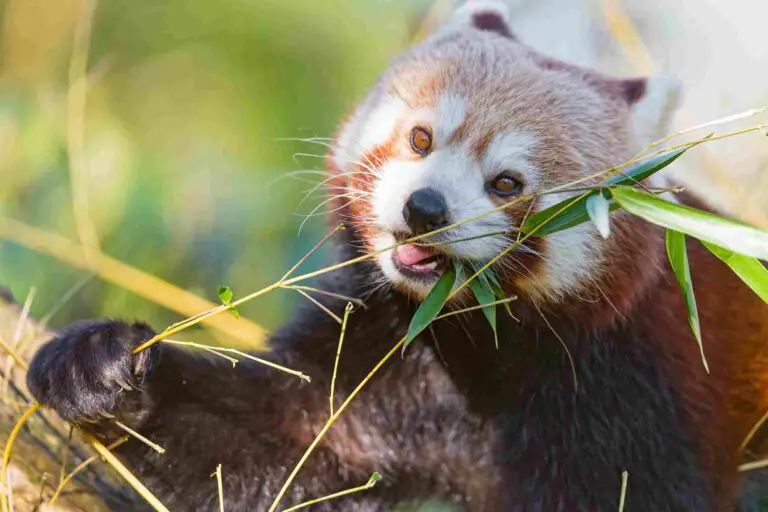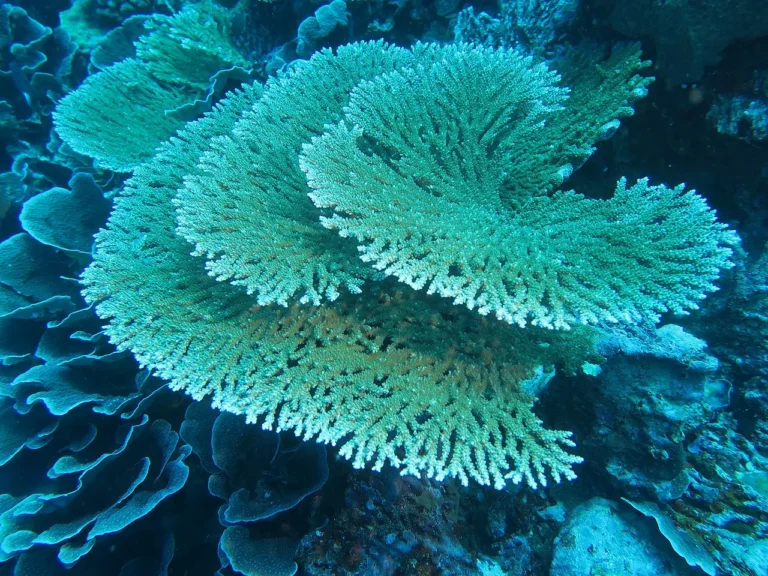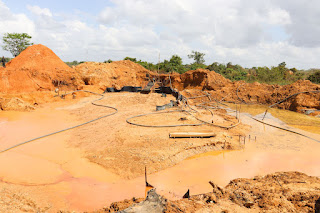15+ Detritivores In Grasslands And Their Characteristics
Examples of detritivores in grasslands are earthworms, dung beetles, springtails, millipedes, and isopods, among others. These organisms play a critical role in decomposing organic matter, recycling nutrients, and improving soil health and structure. Some detritivores, like centipedes and rove beetles, also contribute to pest control through their predatory behavior. Together, these detritivores maintain the balance and sustainability of grassland ecosystems.
1. Earthworm
Earthworms are essential detritivores in grassland ecosystems, known for their role in decomposing organic matter and enriching soil structure. They consume dead plant material, fallen leaves, and decaying organisms, breaking them down into simpler substances. This process not only recycles nutrients back into the soil but also improves soil aeration and drainage through their burrowing activity. As earthworms tunnel through the ground, they create channels that allow air, water, and nutrients to penetrate deeper into the soil, promoting healthier root growth for grasses and other plants.
The presence of earthworms is often an indicator of a healthy grassland ecosystem. They play a crucial role in forming soil aggregates, which contribute to soil stability and resistance to erosion. Their activity encourages microbial diversity, which further aids in the decomposition process and nutrient cycling. Earthworms are also an important food source for many grassland predators, including birds, mammals, and reptiles. Overall, these humble detritivores play a pivotal role in maintaining the balance and fertility of grassland environments.
2. Dung Beetle
Dung beetles are vital detritivores in grassland ecosystems, specializing in the decomposition of animal feces. These insects collect, bury, and consume dung, which plays a crucial role in nutrient recycling. By breaking down animal waste, dung beetles return essential nutrients to the soil, promoting plant growth. This decomposition process also helps to control fly populations, since dung beetles reduce the amount of available material for fly larvae to thrive on.
Moreover, dung beetles contribute to soil health by aerating the ground as they bury dung underground. This activity creates tunnels that improve soil structure, allowing air and water to penetrate more easily. Additionally, the buried dung acts as a natural fertilizer, providing essential nutrients to the surrounding plants. In this way, dung beetles not only clean up waste in grassland ecosystems but also enhance the overall health and productivity of the soil.
3. Springtail
Springtails are tiny, wingless detritivores that play a significant role in the decomposition of organic matter in grassland ecosystems. These microscopic insects feed on decaying plant material, fungi, and bacteria, contributing to the breakdown and recycling of nutrients. As they consume organic matter, springtails help accelerate decomposition, leading to a richer and more fertile soil environment.
Despite their small size, springtails can be present in large numbers, and their activity can have a significant impact on soil health. They help distribute nutrients throughout the soil by breaking down organic matter into smaller particles, facilitating microbial activity. This in turn supports plant growth and contributes to a healthier ecosystem. Springtails are also an important food source for other detritivores and small predators, playing an integral part in the complex food web of grassland ecosystems.
4. Millipede
Millipedes are slow-moving detritivores that play an essential role in breaking down organic matter in grassland ecosystems. They feed on decaying plant material, such as fallen leaves, dead wood, and other organic debris. By consuming this material, millipedes contribute to the decomposition process, helping to release nutrients back into the soil. Their presence helps maintain a balanced ecosystem, preventing the accumulation of decaying matter on the ground.
As millipedes consume and break down organic matter, they contribute to the formation of humus, which improves soil structure and fertility. Their activity helps create a more aerated and nutrient-rich soil environment, promoting healthy plant growth. Additionally, millipedes are prey for a variety of grassland predators, such as birds, frogs, and small mammals. This makes them an important component of the food web, connecting primary producers with higher trophic levels in grassland ecosystems.
5. Isopod (Woodlouse)
Woodlice, a type of isopod, are important detritivores in grassland ecosystems, often found in damp, decaying environments. They feed on a variety of organic materials, including dead leaves, rotting wood, and decaying plant matter. By consuming this material, woodlice play a significant role in breaking down complex organic substances into simpler forms, aiding in the nutrient cycling process.
Woodlice also contribute to soil health by promoting aeration and water retention. As they move through the soil, they create small tunnels that improve soil structure, allowing air and moisture to penetrate. This helps to support plant growth and maintains a balanced ecosystem. Additionally, woodlice are a source of food for other grassland predators, including birds, amphibians, and small mammals. Their role in the decomposition process and as part of the food web makes them key contributors to the health and sustainability of grassland ecosystems.
6. Ant
Ants are among the most ubiquitous detritivores in grassland ecosystems, with colonies that can impact both the soil structure and the decomposition process. As they gather and transport organic matter, ants play a role in nutrient recycling, breaking down dead plants, insects, and other organic debris. This process contributes to the enrichment of the soil, providing essential nutrients for plant growth.
Ant colonies are also known for their tunneling activities, which significantly impact soil structure. The tunnels created by ants improve aeration and drainage, benefiting the surrounding plant life. Furthermore, ants can indirectly support plant pollination by spreading seeds and interacting with other organisms within their ecosystem. As a result, they are a vital part of the grassland environment, connecting various trophic levels and maintaining a balanced ecosystem.
7. Termite
Termites are another crucial group of detritivores in grassland ecosystems, known for their role in breaking down cellulose, the primary component of plant cell walls. They consume dead wood, leaf litter, and other plant debris, recycling nutrients back into the soil. Termites possess special gut microbes that enable them to digest cellulose, making them highly efficient at decomposing plant matter that many other detritivores cannot process.
The activity of termites has a significant impact on soil health and structure. As they build their colonies and tunnel through the soil, they create complex systems that aerate the ground and improve water infiltration. Termites are also known to create “termite mounds,” which can serve as microhabitats for other organisms and influence the local landscape. Despite their reputation for damaging wooden structures, termites play a crucial role in maintaining grassland ecosystems by facilitating decomposition and contributing to soil health.
8. Slug
Slugs are soft-bodied mollusks that play a dual role as detritivores and herbivores in grassland ecosystems. As detritivores, they consume decaying plant material, helping to break it down and recycle nutrients into the soil. Slugs also feed on fungi and algae, contributing to the decomposition process. This activity supports soil health by returning essential nutrients to the ecosystem, promoting plant growth and maintaining a balanced environment.
However, slugs can also have a negative impact on grassland ecosystems when their population grows too large. As herbivores, they consume live plant material, which can lead to damage to young plants and seedlings. This makes them a concern for agricultural areas and managed grasslands. Despite this, their role as detritivores is crucial, as it aids in nutrient recycling and the breakdown of organic matter, contributing to a healthier soil ecosystem.
9. Snail
Snails are another type of mollusk that acts as both a detritivore and an herbivore in grassland ecosystems. As detritivores, snails feed on decaying plant material, fallen leaves, and decomposing organisms. This feeding behavior helps to break down organic matter, returning essential nutrients to the soil. Through their activity, snails contribute to soil fertility and help maintain a balanced ecosystem.
Like slugs, snails can also be herbivorous, feeding on live plants and potentially causing damage to young vegetation. This duality in their diet can be problematic for managed grasslands and agricultural areas, where they might harm crops or ornamental plants. Despite these concerns, snails are an important part of grassland ecosystems, supporting nutrient cycling and providing a food source for various predators, such as birds and small mammals. Their activity in breaking down organic matter is valuable for maintaining soil health and promoting plant growth.
10. Pillbug
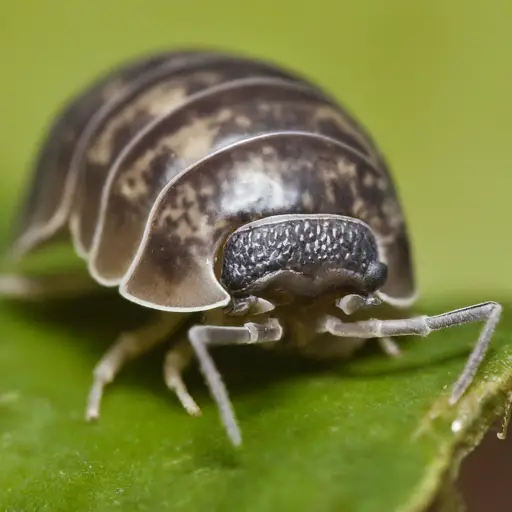
Pillbugs, also known as roly-polies, are isopods that play a significant role as detritivores in grassland ecosystems. They primarily feed on decaying plant matter, including fallen leaves, dead wood, and other organic debris. By consuming this material, pillbugs help to break it down and facilitate the nutrient cycling process, returning valuable nutrients to the soil. This decomposition activity contributes to soil fertility and supports healthy plant growth.
Additionally, pillbugs help to improve soil structure through their movement and tunneling activities. As they burrow through the soil, they create small passages that allow air and water to penetrate, enhancing soil aeration and drainage. These actions contribute to a more stable and resilient soil environment, promoting a healthy grassland ecosystem. Furthermore, pillbugs serve as a food source for various predators, including birds, frogs, and other small animals, adding to the complex food web of grassland ecosystems.
11. Harvestman
Harvestmen, often mistakenly identified as spiders, are arachnids that play a vital role as detritivores in grassland ecosystems. They have a diverse diet, feeding on decaying plant material, fungi, and even other small invertebrates. This versatility allows them to contribute to the breakdown of organic matter, thereby recycling nutrients back into the soil. Harvestmen are particularly active at night, moving through grasslands to scavenge and hunt for food, helping to keep the ecosystem clean and balanced.
Beyond their role as detritivores, harvestmen are also an important part of the grassland food web, serving as prey for a variety of predators, including birds and small mammals. Their presence indicates a healthy ecosystem with a balanced mix of decomposers and predators. Despite their sometimes fearsome appearance, harvestmen are generally harmless to humans and play a crucial role in the ecological processes that sustain grassland environments.
12. Earwig
Earwigs are common detritivores in grassland ecosystems, known for their characteristic pincers at the end of their abdomens. They feed on a variety of organic materials, including decaying plant matter, dead insects, and other detritus. By consuming this material, earwigs contribute to the decomposition process, recycling nutrients back into the soil and promoting plant growth. Their activity helps to keep the grassland environment clean and fertile, supporting a healthy ecosystem.
In addition to their detritivore role, earwigs are also predators, feeding on smaller insects and larvae. This dual feeding strategy helps to control pest populations in grassland ecosystems, providing a natural form of pest control. Earwigs can be beneficial in gardens and agricultural areas, as they help manage harmful insect populations. Despite their somewhat intimidating appearance, earwigs are generally not aggressive towards humans and play a valuable role in maintaining the balance of grassland ecosystems.
13. Mite
Mites are microscopic arachnids that play a crucial role as detritivores in grassland ecosystems. With thousands of different species, mites exhibit a wide range of feeding behaviors, but many are detritivores, feeding on decaying organic matter, fungi, and algae. By breaking down this material, mites contribute to the decomposition process, returning nutrients to the soil and supporting plant growth. Their activity is essential for maintaining soil health and promoting a balanced ecosystem.
Mites are often found in soil, leaf litter, and decaying wood, where they thrive in the moist conditions conducive to decomposition. Their presence is an indicator of a healthy ecosystem, as they contribute to soil structure and support microbial activity. Mites are also an important food source for a variety of predators, including spiders, ants, and small birds. Despite their small size, mites play a significant role in the complex web of interactions that sustain grassland ecosystems.
14. Centipede
Centipedes are predatory detritivores that play a unique role in grassland ecosystems. While they primarily feed on other insects and small invertebrates, they are also known to scavenge on decaying organic matter. This dual role makes centipedes important contributors to both nutrient recycling and pest control. Their presence helps to keep insect populations in check, while their scavenging activity aids in the decomposition process, returning nutrients to the soil.
Centipedes are known for their elongated bodies and numerous legs, which allow them to move quickly through the grassland environment. They are primarily nocturnal, hunting for prey at night and seeking shelter during the day. Despite their somewhat intimidating appearance, centipedes play a beneficial role in maintaining a balanced ecosystem. They are part of the complex food web that connects predators and detritivores, helping to sustain a healthy grassland environment.
15. Crane Fly Larvae
Crane fly larvae, commonly known as leatherjackets, are important detritivores in grassland ecosystems. They feed on decaying plant material, including grass roots and other organic matter. This feeding behavior contributes to the decomposition process, returning essential nutrients to the soil. Crane fly larvae play a crucial role in maintaining soil health by breaking down organic matter and promoting nutrient cycling, which supports healthy plant growth.
In addition to their role as detritivores, crane fly larvae are a key food source for many predators in grassland ecosystems. Birds, frogs, and other insectivores rely on these larvae as a vital part of their diet, connecting different trophic levels within the ecosystem. Despite their beneficial role in nutrient cycling, crane fly larvae can become a pest when present in large numbers, as they may damage lawns and crops by feeding on grass roots. Nonetheless, their overall contribution to grassland health and biodiversity is significant.
16. Black Fly Larvae
Black fly larvae are aquatic detritivores found in grassland ecosystems, typically in small streams, rivers, and other freshwater habitats within these areas. They attach themselves to rocks or other submerged surfaces, where they filter organic debris from the water. This feeding behavior helps to clean the water and contributes to the decomposition of organic matter, returning essential nutrients to the ecosystem. Black fly larvae play an important role in nutrient cycling in aquatic grassland environments, supporting the health of these freshwater systems.
Beyond their role in nutrient cycling, black fly larvae are a critical food source for many predators, including fish, amphibians, and aquatic insects. Their presence in grassland ecosystems with aquatic habitats contributes to a diverse and balanced food web. Although black flies in their adult stage are known for their blood-sucking behavior and can be a nuisance to humans and animals, their larvae play a beneficial role in maintaining the health of aquatic ecosystems within grasslands.
17. Rove Beetle
Rove beetles are versatile detritivores in grassland ecosystems, known for their elongated bodies and short elytra (wing covers). They have a varied diet, feeding on decaying plant material, fungi, and even other insects. As detritivores, rove beetles play a significant role in breaking down organic matter, contributing to nutrient cycling in grassland environments. Their feeding activity helps to keep grasslands clean and promotes a healthy ecosystem by returning essential nutrients to the soil.
Rove beetles are also predators, feeding on other insects and their larvae, which helps control pest populations in grasslands. This predatory behavior benefits agricultural areas, where they can reduce the number of harmful pests. Rove beetles are active both day and night, allowing them to play a consistent role in the decomposition process and pest control. As part of the grassland food web, they contribute to the balance between decomposers and predators, ensuring a stable and thriving ecosystem.
*Summary
-
Earthworm: Breaks down organic matter and improves soil structure through burrowing.
-
Dung Beetle: Decomposes animal feces, aiding in nutrient recycling and soil aeration.
-
Springtail: Tiny insects that decompose decaying plant material, contributing to soil health.
-
Millipede: Breaks down organic matter, forming humus and improving soil stability.
-
Isopod (Woodlouse): Consumes decaying plant matter, improving soil aeration and structure.
-
Ant: Gathers and transports organic matter, contributes to soil health, and improves aeration.
-
Termite: Decomposes cellulose, creating complex tunnel systems that aerate the soil.
-
Slug: Detritivore and herbivore; breaks down organic matter but can also damage plants.
-
Snail: Consumes decaying plant matter and supports nutrient cycling in the soil.
-
Pillbug: Consumes dead plant matter, creating tunnels that improve soil aeration.
-
Harvestman: Arachnids that consume decaying matter and serve as prey for other predators.
-
Earwig: Detritivore and predator; feeds on decaying matter and small insects.
-
Mite: Microscopic arachnid that consumes decaying matter and contributes to soil health.
-
Centipede: Predatory detritivore; feeds on insects but also scavenges organic matter.
-
Crane Fly Larvae: Aquatic detritivores that filter organic debris and support nutrient cycling.
-
Black Fly Larvae: Aquatic detritivores that contribute to nutrient cycling and are food for predators.
-
Rove Beetle: Detritivore and predator; feeds on decaying matter and controls pest populations.
| Detritivore |
Key Characteristics
|
| Earthworm |
Breaks down organic matter, improves soil structure, and enhances soil aeration
|
| Dung Beetle |
Decomposes animal feces, improves soil aeration, and aids in nutrient recycling
|
| Springtail |
Tiny insects that decompose decaying plant material, contributing to soil health
|
| Millipede |
Breaks down organic matter and improves soil stability and structure
|
| Isopod (Woodlouse) |
Consumes decaying plant matter, improving soil aeration and structure
|
| Ant |
Gathers and transports organic matter, contributes to soil health, and improves soil aeration
|
| Termite |
Decomposes cellulose, creates complex tunnel systems, and contributes to soil aeration
|
| Slug |
Detritivore and herbivore, breaks down organic matter, but can damage plants
|
| Snail |
Consumes decaying plant matter and supports nutrient cycling in the soil
|
| Pillbug |
Consumes dead plant matter, creates tunnels that improve soil aeration
|
| Harvestman |
Arachnids that consume decaying matter and serve as prey for other predators
|
| Earwig |
Detritivore and predator, feeds on decaying matter and small insects
|
| Mite |
Microscopic arachnid that consumes decaying matter, contributing to soil health
|
| Centipede |
Predatory detritivore, feeds on insects but also scavenges organic matter
|
| Crane Fly Larvae |
Aquatic detritivores that filter organic debris, contributing to nutrient cycling in aquatic grassland environments
|
| Black Fly Larvae |
Aquatic detritivores that contribute to nutrient cycling and are a food source for predators
|
| Rove Beetle |
Detritivore and predator, feeds on decaying plant matter and helps control pest populations
|

